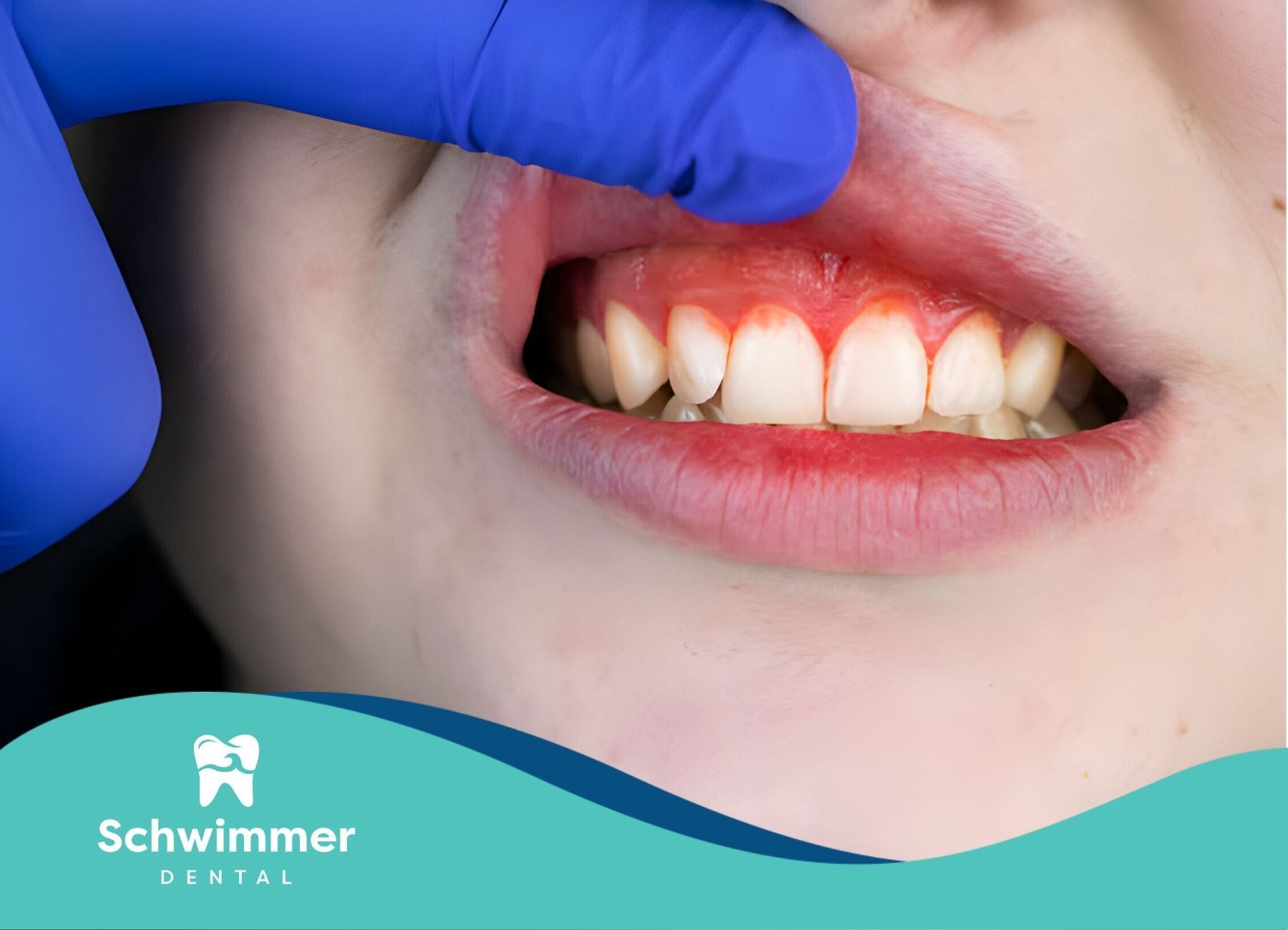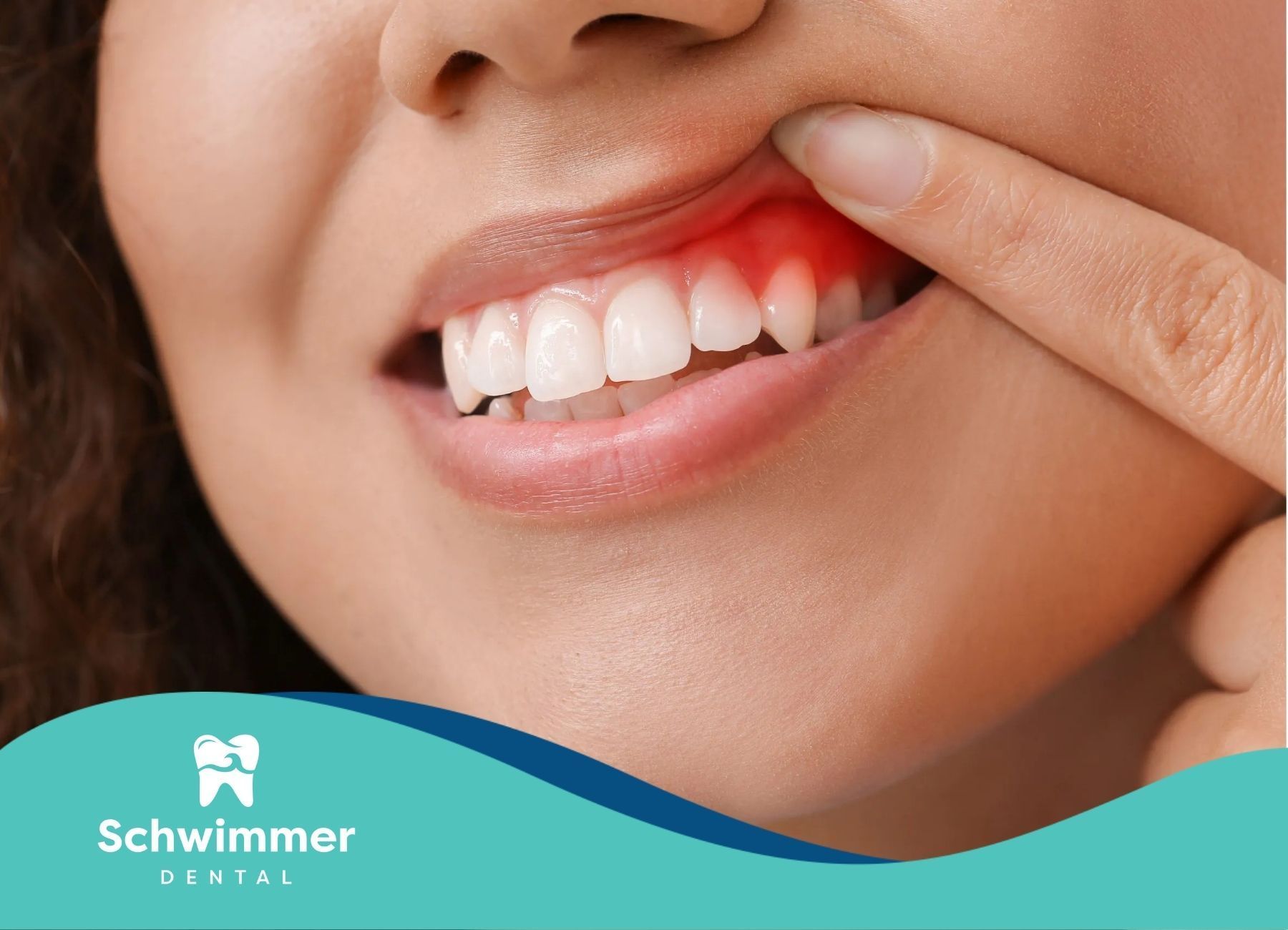Have an appointment? Complete the Intake Form
Do Fillings Hurt During or After the Procedure?
For many people, the idea of getting a dental filling brings one immediate concern: Will it hurt? This fear is so common that some people avoid the dentist altogether, risking a small cavity turning into a bigger, more painful issue like a root canal. The irony is that avoiding treatment often leads to more pain in the long run rather than less.
The good news? Thanks to modern dentistry advancements, anesthesia, and pain management techniques, getting a filling is a virtually painless experience. While there may be mild discomfort from the numbing injection or some sensitivity afterward, the actual filling procedure itself is typically quick, easy, and comfortable.
But what exactly happens during a filling? How do dentists ensure you won’t feel pain? And what about after the procedure—is there lingering discomfort? I’ll break it all down here in this article!
Understanding the Dental Filling Procedure
The process of getting a filling is fast, straightforward, and designed to be as comfortable as possible. Here’s what to expect during a typical appointment:
Step 1: Numbing the Area
Before any drilling happens, the dentist ensures the area is completely numb. First, they apply a topical numbing gel to the gums to minimize the sensation of the local anesthetic injection. Then, a small, precise injection of anesthetic ensures you won’t feel pain during the procedure. Most people only feel a slight pinch from the injection, and some don’t feel it at all.
Step 2: Removing the Decay
Once the tooth is numb, the dentist uses a drill, laser, or air abrasion tool to remove the decayed portion of the tooth. Since the nerves are completely anesthetized, patients typically feel pressure or vibration but not pain. Some people describe it as a mild “buzzing” sensation.
Step 3: Cleaning the Cavity
After the decay is removed, the dentist cleans the cavity to eliminate bacteria and debris. This step is crucial to ensure the filling bonds properly and prevents future decay.
Step 4: Placing the Filling
The type of filling material depends on the location of the cavity and the patient’s preference. The most common options include:
- Composite resin: Tooth-colored and ideal for visible teeth.
- Amalgam: A silver-colored metal filling, durable and long-lasting.
- Gold or ceramic: Less common but highly durable options.
Once the filling is placed, the dentist shapes and polishes it to restore the natural structure of the tooth.
Step 5: Adjusting Your Bite
Before the procedure is complete, the dentist checks your bite to ensure the filling sits comfortably. If necessary, they will make slight adjustments to prevent any uneven pressure.
Does Getting a Filling Hurt?
The straightforward answer is no—getting a filling does not hurt when proper anesthesia is used. However, a few factors can influence the level of discomfort:
1. The Size and Depth of the Cavity
Small cavities that only affect the surface of the tooth are easy to fill with minimal discomfort. However, if the decay has reached deeper layers, the tooth may be more sensitive afterward.
2. Sensitivity to Anesthetic
Most people respond well to local anesthesia, but a small percentage may require an extra dose if they still feel sensation during the procedure.
3. Post-Filling Sensitivity
After the numbing wears off, it’s normal to experience temporary sensitivity to hot, cold, or pressure. This usually lasts for a few days to a week.
What to Expect After a Filling
Once the procedure is complete, patients often ask, “Will my tooth hurt after the filling?” The answer depends on factors like the size of the filling, individual sensitivity, and whether adjustments are needed.
Immediate Effects
Once the anesthetic wears off, some mild discomfort is normal, but pain is rare. If the filling was deep, the tooth might be more sensitive for a few days.
Adjusting to the Filling
Some people notice that their bite feels “off” after a filling. If this happens, visit your dentist for a minor adjustment—it’s a quick fix.
Long-Term Comfort
After the first week, most people completely forget they even had a filling. However, if pain or sensitivity persists beyond two weeks, it’s worth checking in with your dentist.
Conclusion
Getting a filling is a routine, virtually painless procedure that prevents small cavities from turning into major dental problems. With modern numbing techniques, most patients feel little to no discomfort during the procedure, and any post-filling sensitivity typically resolves within a few days.
If you’ve been putting off dental care due to fear of pain, now is the perfect time to prioritize your oral health. At Schwimmer Dental, we specialize in gentle, pain-free dentistry to ensure every patient has a stress-free experience. Book an appointment today and take the first step toward a healthier, brighter smile!
FAQs
How long does it take to get a dental filling?
Most fillings take 30 to 60 minutes, depending on the size and location of the cavity.
Can I eat after getting a filling?
Yes, but it’s best to wait until the numbness wears off to avoid accidentally biting your cheek or tongue.
How long does a filling last?
Composite fillings last about 5-10 years, while amalgam fillings can last 10-15 years with proper care.
Sources:
- https://my.clevelandclinic.org/health/treatments/17002-dental-fillings
- https://www.nidcr.nih.gov/health-info/dental-fillings
- https://www.news-medical.net/health/Dental-Filling-Procedure.aspx
- https://www.medicalnewstoday.com/articles/324267
- https://www.dentalhealth.org/different-filling-materials
Need Assistance? We’re Here to Help
We are dedicated to enhancing your dental health and well-being.
We provide personalized dental care solutions for a confident, healthy smile.
Contact us today for Professional Dental Care.

Our caring staff will help you feel relaxed and comfortable in our state of the art office. We respect your time and pledge to deliver prompt service, backed by the latest knowledge, techniques, and technology.
Email: Office@schwimmerdental.com
Tel: (848) 294-2385
Fax: (732) 899-3347
Address: 1115 Arnold Ave,
Point Pleasant, NJ, 08742
Schwimmer Dental – Website by CWS


